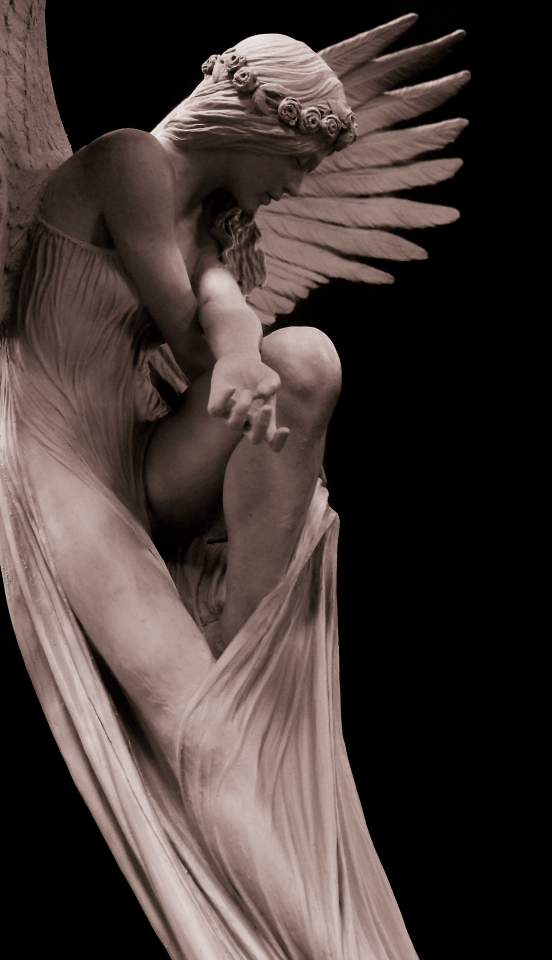Aphrodisiacgoddessart - APHRODISIAC GODDESS ART

More Posts from Aphrodisiacgoddessart and Others











The Angel, 2017 - Benjamin Victor
The romantic concept of The Angel speaks of love and death, beauty and frailty, timelessness and temporality. It creates a visual paradox by presenting a young and beautiful angel in a somber pose. She is passionate, yet spiritual. She is ethereal, yet naturalistically rendered. Her enigma is that of all humanity; we are both spiritual and physical beings." - BENJAMIN VICTOR


The Gates of Dawn (1900) by Herbert James Draper (1863 - 1920)
Simon Toll, who believes that this painting contains “one of Draper’s most monumental figures,” points out that artist “preferred to paint Greek legends, but in this case he painted Florrie Bird as Aurora, the Roman Goddess of the Dawn,” and he speculates that Ovid’s description of Eos (the equivalent Greek goddess) may have inspired the artist’s treatment of the subject: “far in the crimsoning cast wakeful Dawn threw wide the shining doors of her rosefilled chambers"
In Roman mythology, Aurōra renews herself every morning and flies across the sky, announcing the arrival of the Sun. She has two siblings, a brother (Sol, the Sun) and a sister (Luna, the Moon). Roman writers rarely imitated Hesiod and later Greek poets by naming Aurōra as the mother of the Anemoi (the Winds), who were the offspring of Astraeus, the father of the stars.
Aurōra appears most often in sexual poetry with one of her mortal lovers. A myth taken from the Greek by Roman poets tells that one of her lovers was the prince of Troy, Tithonus. Tithonus was a mortal, and would therefore age and die. Wanting to be with her lover for all eternity, Aurōra asked Jupiter to grant immortality to Tithonus. Jupiter granted her wish, but she failed to ask for eternal youth to accompany his immortality, and he became forever old. Aurōra then turned him into a cicada out of anger.
Click here to see the Masterlist


Spirit concept by Alex Vasin
This artist on Instagram
-
 mlages liked this · 2 years ago
mlages liked this · 2 years ago -
 criophorus liked this · 2 years ago
criophorus liked this · 2 years ago -
 aphrodisiacgoddessart reblogged this · 3 years ago
aphrodisiacgoddessart reblogged this · 3 years ago

129 posts

